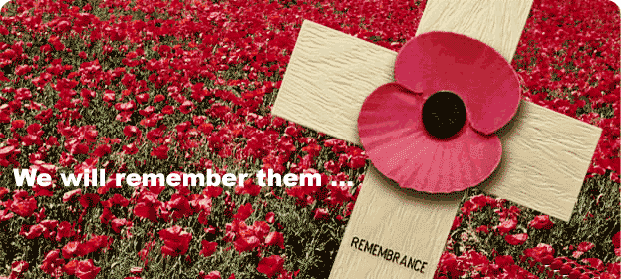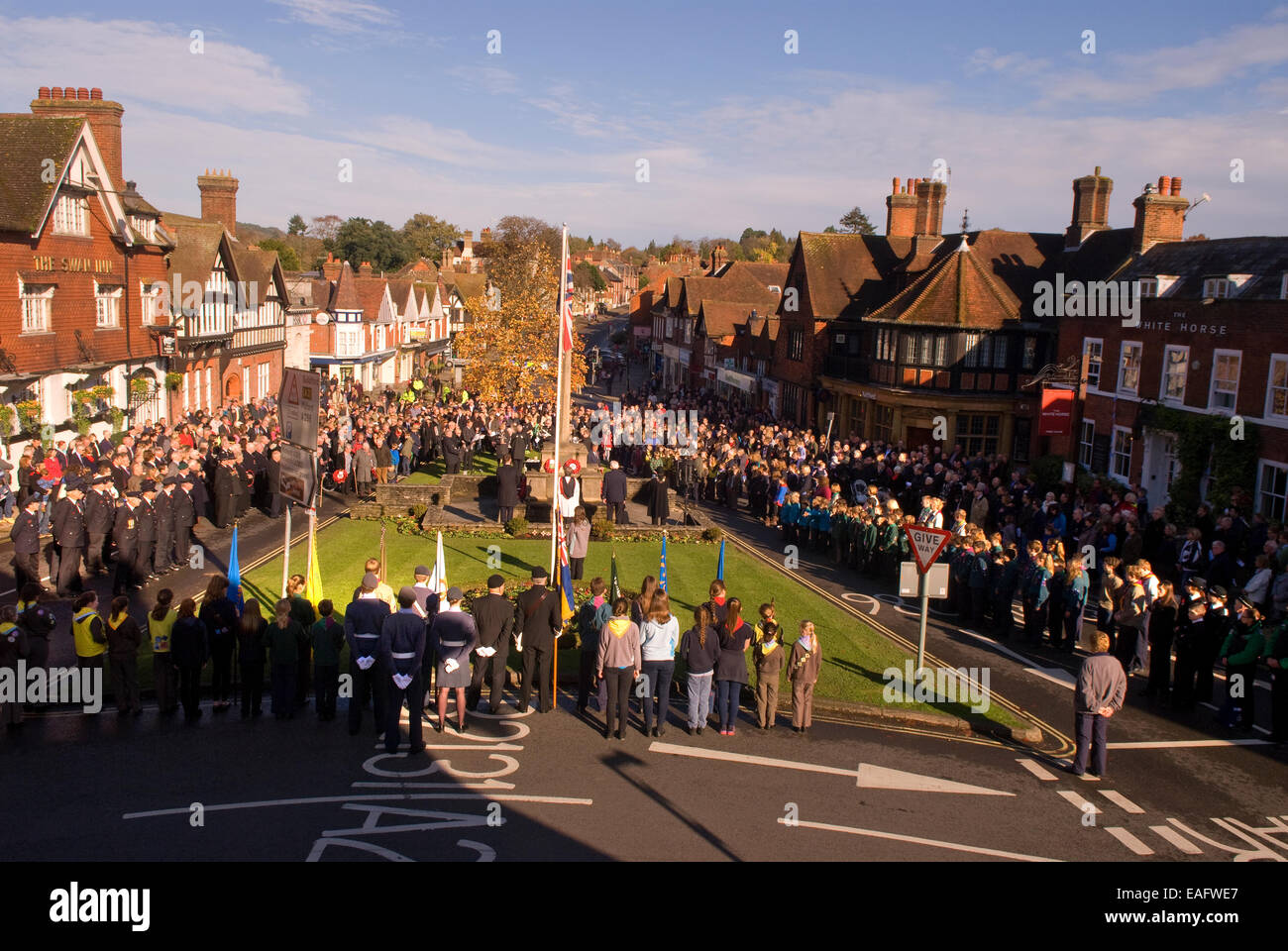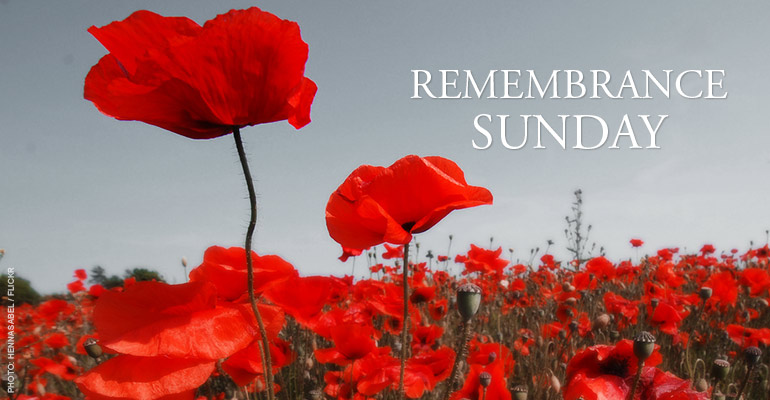
On two occasions foreign heads of state have laid wreaths on behalf of their people. The first wreath is traditionally laid on behalf of the nation by His Majesty The King, followed by other members of the Royal Family. The wreath-laying ceremony on 14 November 2010 This silence is ended by Gunners of the Royal Horse Artillery firing a gun salute, then Royal Marines buglers sound The Last Post. The silence represents the eleventh hour of the eleventh day of the eleventh month in 1918, when the guns of Europe fell silent. Īs Big Ben strikes 11 a.m., the King's Troop Royal Horse Artillery fire a single shot salute from First World War-era guns on Horse Guards Parade. The parade stands to attention in silence as the Royal Family emerge. During Solemn Melody by Henry Walford Davies, politicians, high commissioners and religious leaders from many faiths assemble, joined by humanists representing the non-religious. The service is led by the Dean of the Chapels Royal, usually the Bishop of London. Īs the band plays " Dido's Lament" by Henry Purcell, the clergy led by a cross-bearer and the choir of the Chapel Royal process. The massed band represents the four nations the Band of the Grenadier Guards, Band of the Coldstream Guards, Band of the Scots Guards and the Band of the Irish Guards. This comprises a selection of National Airs and solemn music representing the four nations of the United Kingdom performed by the massed bands of the Household Division interposed Pipes and Drums from the Highlanders 4th Battalion The Royal Regiment of Scotland. with a programme of music known as "the Traditional Music", a sequence beginning with " Rule Britannia!" which has remained largely unchanged since 1930. The ceremony begins at precisely 10:36 a.m. In 1945, 11 November fell on a Sunday but in 1946, following a national debate, the government announced that the Cenotaph ceremony would henceforward on take place on Remembrance Sunday. ĭuring the Second World War, the National Service and other commemorations were moved from Armistice Day itself to the preceding Sunday as an emergency measure, to minimise any loss of wartime production. The funeral procession route passed the Cenotaph, where the waiting King laid a wreath on the Unknown Warrior's gun-carriage before proceeding to unveil the memorial which was draped in large Union Flags. The unveiling ceremony was part of a larger procession bringing the Unknown Warrior to be laid to rest in his tomb nearby in Westminster Abbey. The memorial was unveiled by King George V on 11 November 1920, the second anniversary of the Armistice with Germany which ended the First World War. Lutyens's permanent structure was built from Portland stone between 19 by Holland, Hannen & Cubitts as a "replica exact in every detail in permanent material of present temporary structure". Pressure mounted to retain it, and the British War Cabinet decided on 30 July 1919 that a permanent memorial should replace the wooden version and be designated Britain's official national war memorial. For some time after the parade, the base of the memorial was covered with flowers and wreaths by members of the public. Lutyens was inspired by the Greek idea of a cenotaph Greek: κενοτάφιον kenotaphion (κενός kenos, meaning "empty", and τάφος taphos, "tomb"), as representative for a tomb elsewhere or in a place unknown. The Cenotaph has its origin in a temporary wood and plaster structure designed by Edwin Lutyens for a peace parade following the end of the First World War. The unveiling ceremony on 11 November 1920 The ceremony has been broadcast nationally by the BBC on radio since 1928 and was first broadcast by the BBC Television Service in 1937. It is held on the second Sunday in November, the Sunday nearest to 11 November, Armistice Day, the anniversary of the end of hostilities in the First World War at 11 a.m. After a short religious service, a march-past of hundreds of veterans processes past the Cenotaph. Following this, wreaths are laid by the King and members of the royal family, senior politicians representing their respective political parties and High commissioners from the Commonwealth of Nations. A short religious service is held with a two-minute silence commencing when Big Ben chimes at 11 am.

To open the ceremony, a selection of national airs and solemn music representing each of the nations of the United Kingdom are played by massed bands and pipes.

The service has its origins in the 1920s and has changed little in format since. It commemorates "the contribution of British and Commonwealth military and civilian servicemen and women in the two World Wars and later conflicts".

The National Service of Remembrance is held every year on Remembrance Sunday at the Cenotaph on Whitehall, London. The ceremony at the Cenotaph in November 2010


 0 kommentar(er)
0 kommentar(er)
